Home>Articles>What Type Of Ladder To Use For Electrical Work
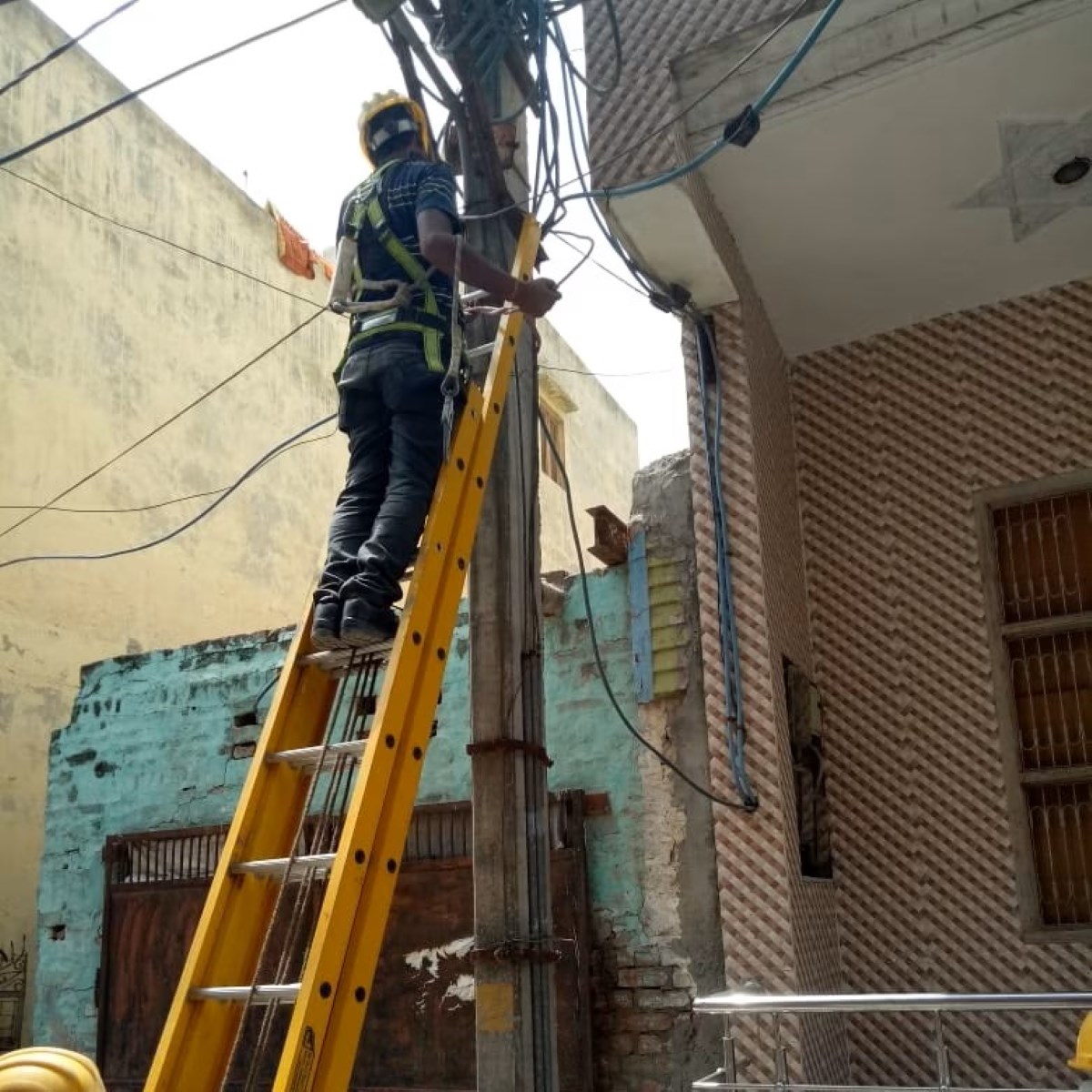

Articles
What Type Of Ladder To Use For Electrical Work
Modified: December 7, 2023
Looking for articles on what type of ladder to use for electrical work? Get expert advice and tips on ladder safety and selection for electrical projects.
(Many of the links in this article redirect to a specific reviewed product. Your purchase of these products through affiliate links helps to generate commission for Storables.com, at no extra cost. Learn more)
Introduction
When it comes to electrical work, safety should always be the top priority. One essential aspect of ensuring safety is using the right type of ladder for the job. Electrical work often involves reaching heights, accessing overhead fixtures, and working around electrical equipment, all of which require a stable and reliable ladder.
Using the wrong ladder can not only put you at risk of falling and injuring yourself, but it can also lead to equipment damage and electrical hazards. That’s why it’s crucial to understand the importance of using the right ladder and to consider various factors when choosing one for electrical work.
In this article, we will guide you through the process of selecting the best ladder for electrical tasks. We’ll explore the different types of ladders available and provide safety precautions to keep in mind when working with them. By the end, you’ll have the knowledge you need to ensure a safe and successful electrical work environment.
Key Takeaways:
- Choose the right ladder for electrical work to ensure safety, stability, and efficiency. Consider factors like height, weight capacity, material, and stability to select the best ladder for your specific tasks.
- Prioritize ladder safety by inspecting, setting up, and securing the ladder properly. Use personal protective equipment, keep the work area clear, and be aware of your surroundings to minimize risks and ensure a safe working environment.
Understanding the Importance of Using the Right Ladder for Electrical Work
When it comes to electrical work, the importance of using the correct ladder cannot be overstated. Electrical tasks often require accessing fixtures, panels, or equipment located at heights, and using an inappropriate ladder can pose serious safety risks.
One of the main reasons why it’s crucial to choose the right ladder is to ensure stability and balance while working at heights. Electrical work involves delicate and intricate tasks, which require steady hands and a secure footing. Using a ladder that is not designed for electrical work can lead to wobbling, instability, and a higher chance of accidents.
Another vital aspect is the material from which the ladder is made. In electrical work, the risk of electrical shock is inherent, and using the wrong type of ladder can increase this risk. It is essential to opt for a ladder made with non-conductive materials, such as fiberglass. Unlike metal ladders, fiberglass ladders do not conduct electricity, reducing the likelihood of electric shocks.
Additionally, using the right ladder ensures proper reach and access to the work area. Electrical work often involves reaching overhead fixtures or equipment located in tight spaces. Choosing a ladder with an appropriate height and configuration allows electricians to work comfortably and efficiently.
Lastly, using the right ladder contributes to the longevity of the equipment and enhances productivity. Electrical work requires handling delicate and sensitive equipment, such as wires and panels. A ladder that is too small or unstable can cause damage to the equipment or disrupt workflow, leading to delays and additional expenses.
Overall, understanding the importance of using the right ladder for electrical work is crucial for the safety of electricians and the success of the project. By selecting a ladder designed specifically for electrical tasks, professionals can work confidently at heights, minimize the risk of electrical accidents, and achieve optimal efficiency.
Factors to Consider When Choosing a Ladder for Electrical Work
When it comes to selecting a ladder for electrical work, several factors need to be taken into consideration to ensure both safety and effectiveness. Here are the key factors to keep in mind:
- Height Requirements: Assess the maximum height you need to reach for your electrical tasks. Choose a ladder with an appropriate height that allows you to work comfortably without overreaching or straining.
- Weight Capacity: Consider the weight capacity of the ladder to ensure it can accommodate you and your tools. This is especially important when working with heavier equipment or carrying additional materials up the ladder.
- Ladder Type: Different ladder types offer unique benefits and are suitable for specific tasks. Consider factors such as stability, portability, and ease of setup when choosing between step ladders, extension ladders, or platform step ladders.
- Material: Choose a ladder made from non-conductive materials, such as fiberglass or composite, to minimize the risk of electrical shocks. Avoid ladders made from conductive materials like aluminum or steel.
- Stability: Look for ladders with features that enhance stability, such as wide bases, slip-resistant treads, and stabilizer bars. Stability is crucial in electrical work to maintain balance and reduce the risk of accidents.
- Portability: Consider the weight and size of the ladder, especially if you need to transport it between job sites. Lightweight and compact options make transportation easier while still offering the necessary functionality.
- Durability: Choose a ladder that is built to withstand the demands of electrical work. Look for rust-resistant materials, sturdy construction, and reliable locking mechanisms to ensure long-lasting durability.
- Certifications and Safety Standards: Check for certifications and safety standards that the ladder meets, such as the ANSI (American National Standards Institute) or OSHA (Occupational Safety and Health Administration) guidelines. These certifications ensure that the ladder has undergone rigorous testing and meets safety requirements.
By taking these factors into account, you can select a ladder that meets your specific electrical work needs, prioritizing safety, stability, and efficiency. Remember, investing in the right ladder is an investment in your own safety and the success of your electrical projects.
Types of Ladders Suitable for Electrical Work
When it comes to electrical work, several types of ladders are specifically designed to provide the necessary stability, safety, and reach required for the job. Here are some common ladder types that are suitable for electrical work:
- Fiberglass Ladders: Fiberglass ladders are widely regarded as one of the best options for electrical work due to their non-conductive properties. They do not conduct electricity, making them safer when working around live electrical wires. Fiberglass ladders are also durable, weather-resistant, and capable of withstanding heavy use.
- Double-Sided Ladders: Double-sided ladders, also known as twin-sided or A-frame ladders, have rungs on both sides, allowing for simultaneous use by two individuals. They are ideal for electrical work that requires two workers or when accessing overhead fixtures on both sides of a space. Double-sided ladders offer stability, versatility, and efficiency.
- Platform Step Ladders: Platform step ladders feature a large platform at the top, providing a stable and spacious area to stand on. They offer more comfort, balance, and room to maneuver compared to traditional step ladders. Platform step ladders are particularly useful for electrical work that involves extended periods of standing or performing tasks that require two hands.
- Extension Ladders: Extension ladders are designed to reach greater heights by using sections that slide and lock into place. They are adjustable and versatile, making them suitable for various electrical tasks that require accessing elevated areas. Extension ladders should be used with caution and secured properly to avoid accidents and ensure stability.
Each ladder type has its own advantages and considerations, so it’s important to choose the one that best fits your specific electrical work needs. Evaluate the height requirements, maneuverability, and safety features when deciding the type of ladder to use for your projects.
Remember, regardless of the ladder type, always follow proper ladder safety guidelines. Inspect your ladder for any damages or defects before each use, ensure it is set up on a stable, level surface, and never exceed its weight capacity. Taking these precautions will help you stay safe and perform your electrical work with confidence and efficiency.
Fiberglass Ladders
Fiberglass ladders are widely regarded as one of the best options for electrical work due to their unique properties that enhance safety and durability. These ladders are constructed using non-conductive fiberglass material, making them ideal for working around live electrical wires and equipment.
The non-conductive nature of fiberglass ladders significantly reduces the risk of electric shock compared to ladders made from conductive materials like aluminum or steel. This feature is especially crucial in electrical work, where there is a constant threat of coming into contact with live wires or electrical components.
In addition to their non-conductive properties, fiberglass ladders offer several other benefits for electrical tasks. They are known for their exceptional strength and durability, capable of withstanding heavy use and rough treatment. Unlike wooden ladders, fiberglass ladders are resistant to moisture, chemicals, and UV damage, ensuring their longevity even in challenging environments.
Fiberglass ladders are also lightweight, making them easy to transport and maneuver. Despite being lightweight, they have high load-bearing capacities, allowing electricians to safely carry their tools and equipment while working at heights.
Another advantage of fiberglass ladders is their slip-resistant properties. Many fiberglass ladders feature specially designed non-slip rungs or tread patterns that provide additional grip and stability, reducing the chances of accidents due to slips or falls.
When choosing a fiberglass ladder for electrical work, consider the height requirements and choose a ladder that provides sufficient reach. Look for ladders with sturdy construction, reinforced side rails, and reliable locking mechanisms to ensure stability and prevent wobbling during use.
It’s important to note that even though fiberglass ladders offer excellent safety features, proper ladder usage and adherence to safety guidelines are still essential. Always inspect the ladder before use for any signs of damage or wear, and ensure it is set up on a stable and level surface. Remember to use appropriate personal protective equipment and follow proper climbing techniques to prevent accidents.
Overall, fiberglass ladders are a top choice for electrical work due to their non-conductive properties, durability, and safety features. Investing in a high-quality fiberglass ladder will provide electricians with a reliable and secure tool for performing their tasks safely and efficiently.
When working on electrical projects, use a fiberglass or wooden ladder instead of a metal one to reduce the risk of electrical shock. Always ensure the ladder is in good condition and free from any defects.
Read more: What Is The Working Length Of A Ladder
Double-Sided Ladders
Double-sided ladders, also referred to as twin-sided or A-frame ladders, are a versatile option for electrical work that requires the involvement of two workers or accessing fixtures on both sides of a space. These ladders have rungs on both sides, allowing for simultaneous use by multiple individuals, increasing productivity and efficiency on the job.
One of the key advantages of double-sided ladders is their stability. They are designed with a wide base and sturdy construction, providing a solid foundation for both workers to access heights safely. The wide base also allows for better balance and reduces the risk of the ladder tipping or wobbling during use.
Double-sided ladders come in various sizes to accommodate different height requirements. They can be found in compact sizes suitable for indoor use or larger sizes for outdoor applications. This flexibility allows electricians to work comfortably in confined spaces or reach greater heights when needed.
Another benefit of double-sided ladders is their versatility. The two-sided design allows workers to perform tasks on opposite sides of a fixture simultaneously, cutting down on work time. This is particularly useful when working on electrical installations that require wiring or adjustments on both sides, such as lighting fixtures or circuit panels.
When choosing a double-sided ladder for electrical work, consider factors such as the height requirement, weight capacity, and overall quality. Look for models that offer robust construction, reinforced side rails, and secure locking mechanisms to ensure stability and safety during use.
As with any ladder, it is essential to follow proper ladder safety guidelines when using a double-sided ladder. Ensure the ladder is on a stable and level surface, and never exceed its weight capacity. Additionally, communication and coordination between workers is crucial to prevent any accidents or collisions while using the ladder.
Double-sided ladders provide electricians with a practical and efficient solution when working in pairs or accessing fixtures on both sides. They enhance safety, productivity, and teamwork, making them an excellent choice for electrical projects that require simultaneous work on opposite sides or involve multiple workers.
Platform Step Ladders
Platform step ladders are a popular choice for electrical work due to their enhanced stability and the convenience they offer for performing tasks that require extended periods of standing or using both hands. These ladders feature a large platform at the top, providing a stable and spacious area to stand on, making them ideal for electrical tasks that demand balance and comfort.
One of the main advantages of platform step ladders is the secure and steady platform they provide. The wide platform allows electricians to have both feet firmly planted, providing a solid base for working at heights. This stability reduces the risk of accidents caused by losing balance or slipping while working on electrical fixtures or equipment.
The platform also provides ample space for the electrician to position their tools, materials, or equipment. This feature is especially useful when working with intricate electrical systems or performing tasks that require multiple tools or accessories. With a platform step ladder, electricians can have their tools within reach, allowing for a more efficient and streamlined workflow.
Platform step ladders often feature additional safety measures to enhance stability and prevent accidents. Many models have non-slip treads on the steps and a non-slip surface on the platform itself, further reducing the risk of slips and falls. They may also have handrails or guardrails for added security and to provide something to hold onto while working at heights.
When selecting a platform step ladder for electrical work, consider the height requirement and ensure the ladder is of suitable height to reach the areas you need to work on. Look for ladders with a robust construction, sturdy platform, and secure locking mechanisms to ensure stability during use.
Proper usage and adherence to ladder safety guidelines are essential when using a platform step ladder. Always set up the ladder on a stable surface, lock the spreaders or braces securely, and avoid overreaching or leaning to maintain stability. It’s also important to inspect the ladder for any signs of damage or wear before each use.
Platform step ladders provide electricians with a secure and comfortable means of working at heights. They offer stability, ample space for tools, and additional safety features, making them a valuable tool for electrical projects that require extended periods of standing or tasks that demand balance and two-handed work.
Extension Ladders
Extension ladders are versatile tools commonly used in electrical work when tasks require reaching greater heights. These ladders are designed with telescoping sections that can be extended to various lengths, providing the necessary reach to access elevated areas.
One of the key advantages of extension ladders is their adjustability. The telescoping design allows the ladder to be extended to the desired height, making them suitable for tasks that require accessing fixtures or equipment at different elevations. Electricians can easily adjust the ladder’s length to match the height requirements of their specific project, allowing for flexibility and adaptability on the job site.
Extension ladders are available in different lengths, so it’s important to select the appropriate size for your needs. Consider the maximum height you need to reach and choose a ladder that extends beyond that height to ensure safety and convenience. However, it’s essential to use caution when working at the maximum extension to maintain stability and prevent accidents.
When using extension ladders for electrical work, it’s crucial to ensure proper setup and stability. Set up the ladder on a flat and stable surface, and lock the rungs securely into place to prevent accidental retraction during use. It’s recommended to angle the ladder at a ratio of 4:1, meaning for every four feet of vertical height, the base of the ladder should be positioned one foot away from the wall or supporting structure.
Extension ladders should be equipped with safety features such as non-slip rungs or traction pads to enhance grip and reduce the risk of slipping. Additionally, it’s important to be mindful of overhead obstructions, such as powerlines or tree branches, when using extension ladders to avoid potential hazards.
It’s worth noting that extension ladders can be heavier and bulkier than other ladder types, which may require additional care when transporting and setting up. Some extension ladders come with features like pulley and rope systems for easy extension and retraction, making them more convenient to use.
By choosing the right size and properly using extension ladders, electricians can safely and effectively complete tasks that require access to elevated areas. These versatile tools provide the necessary reach and adjustability for electrical work, ensuring efficiency and productivity on the job.
Safety Precautions When Working with Ladders for Electrical Tasks
Working with ladders for electrical tasks requires careful attention to safety in order to protect yourself and your colleagues from potential accidents and hazards. Here are some essential safety precautions to keep in mind when using ladders for electrical work:
- Choose the Right Ladder: Select a ladder that is appropriate for the task at hand, considering factors such as height requirements, weight capacity, and the ladder’s material. As mentioned earlier, fiberglass ladders are ideal for electrical work due to their non-conductive properties.
- Inspect the Ladder: Before every use, inspect the ladder for any signs of damage, such as cracked or broken rungs, loose parts, or bends in the ladder frame. Do not use a damaged ladder, as it can compromise safety.
- Set Up on a Stable Surface: Ensure that the ladder is placed on a stable and level surface. If needed, use leg levelers or wedge the ladder’s feet to maintain stability. Avoid slippery or uneven surfaces that could cause the ladder to shift or wobble.
- Secure the Ladder: Once the ladder is positioned, lock the spreaders or braces securely to prevent accidental collapsing or sliding during use. Make sure the ladder is secure and will not shift or move while you are working on it.
- Ascend and Descend Safely: When climbing up or down the ladder, maintain three points of contact at all times: two feet and one hand or two hands and one foot. Face the ladder while ascending or descending and avoid leaning too far to either side.
- Avoid Overreaching: Do not overextend your reach while working on the ladder. Keep your body centered and within the ladder’s side rails. If you find yourself needing to reach beyond your comfort zone, reposition the ladder accordingly.
- Use Personal Protective Equipment (PPE): Wear appropriate PPE, such as non-slip footwear, safety glasses, gloves, and a helmet when necessary. PPE can provide additional protection from potential hazards and minimize the risk of injuries.
- Keep the Work Area Clear: Clear the area around the base of the ladder from any clutter, debris, or tripping hazards. This will help prevent accidents while climbing up or down and ensure stability while working at heights.
- Be Aware of Surroundings: Pay attention to your surroundings, including nearby electrical equipment, power lines, or any obstacles that could pose a threat. Be cautious of overhead hazards and maintain a safe distance from live electrical sources.
- Work with a Buddy: Whenever possible, have a colleague or assistant present when working with ladders for electrical tasks. This person can provide additional support, stability, and can assist in case of an emergency.
By following these safety precautions, you can minimize the risk of accidents and create a safe working environment while using ladders for electrical tasks. Safety should always be a top priority to ensure the well-being of everyone involved and to promote a successful outcome for your electrical projects.
Conclusion
Choosing the right ladder is crucial when it comes to electrical work. Safety should always be the top priority, and using the appropriate ladder can significantly reduce the risk of accidents and ensure a successful outcome for your projects.
Take into consideration factors such as height requirements, weight capacity, ladder type, material, and stability when selecting a ladder for electrical tasks. Fiberglass ladders are highly recommended due to their non-conductive properties, durability, and safety features. Double-sided ladders are ideal for working in pairs or accessing fixtures on both sides of a space, while platform step ladders provide stability and comfort for tasks that require prolonged standing or two-handed work. Lastly, extension ladders offer flexibility and increased reach for accessing elevated areas.
Remember to prioritize ladder safety by inspecting the ladder before use, setting it up on stable ground, securing it properly, and following proper climbing techniques. Use personal protective equipment, keep the work area clear, and be aware of your surroundings to minimize risks and ensure a safe working environment.
By understanding the importance of using the right ladder, considering the factors when choosing one, and taking proper safety precautions, you can create a safe and efficient work environment for electrical tasks. Prioritizing safety not only protects you and your team but also ensures the successful completion of your electrical projects.
Choose wisely, stay safe, and let the right ladder assist you in achieving your electrical work goals.
Frequently Asked Questions about What Type Of Ladder To Use For Electrical Work
Was this page helpful?
At Storables.com, we guarantee accurate and reliable information. Our content, validated by Expert Board Contributors, is crafted following stringent Editorial Policies. We're committed to providing you with well-researched, expert-backed insights for all your informational needs.
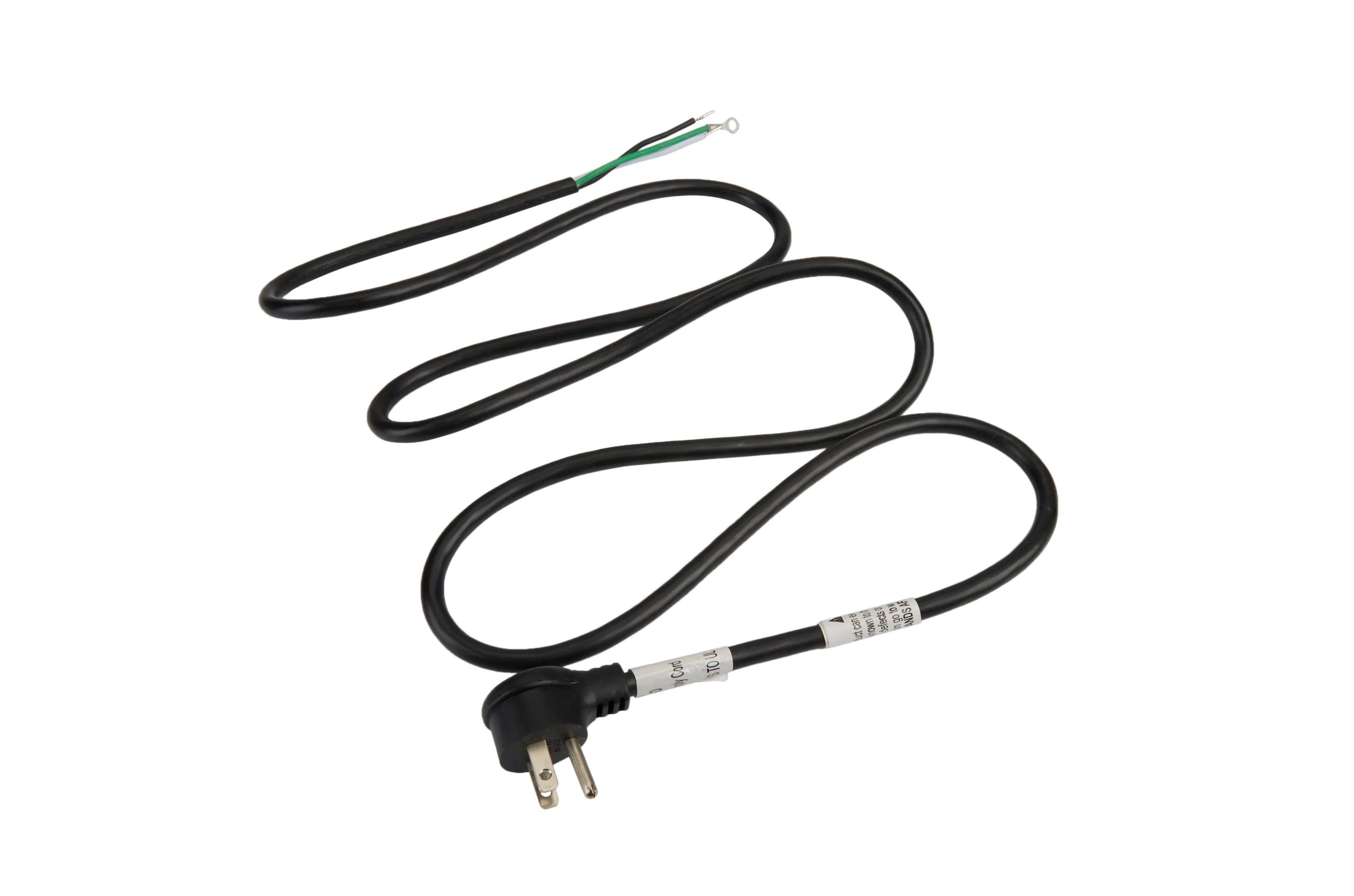
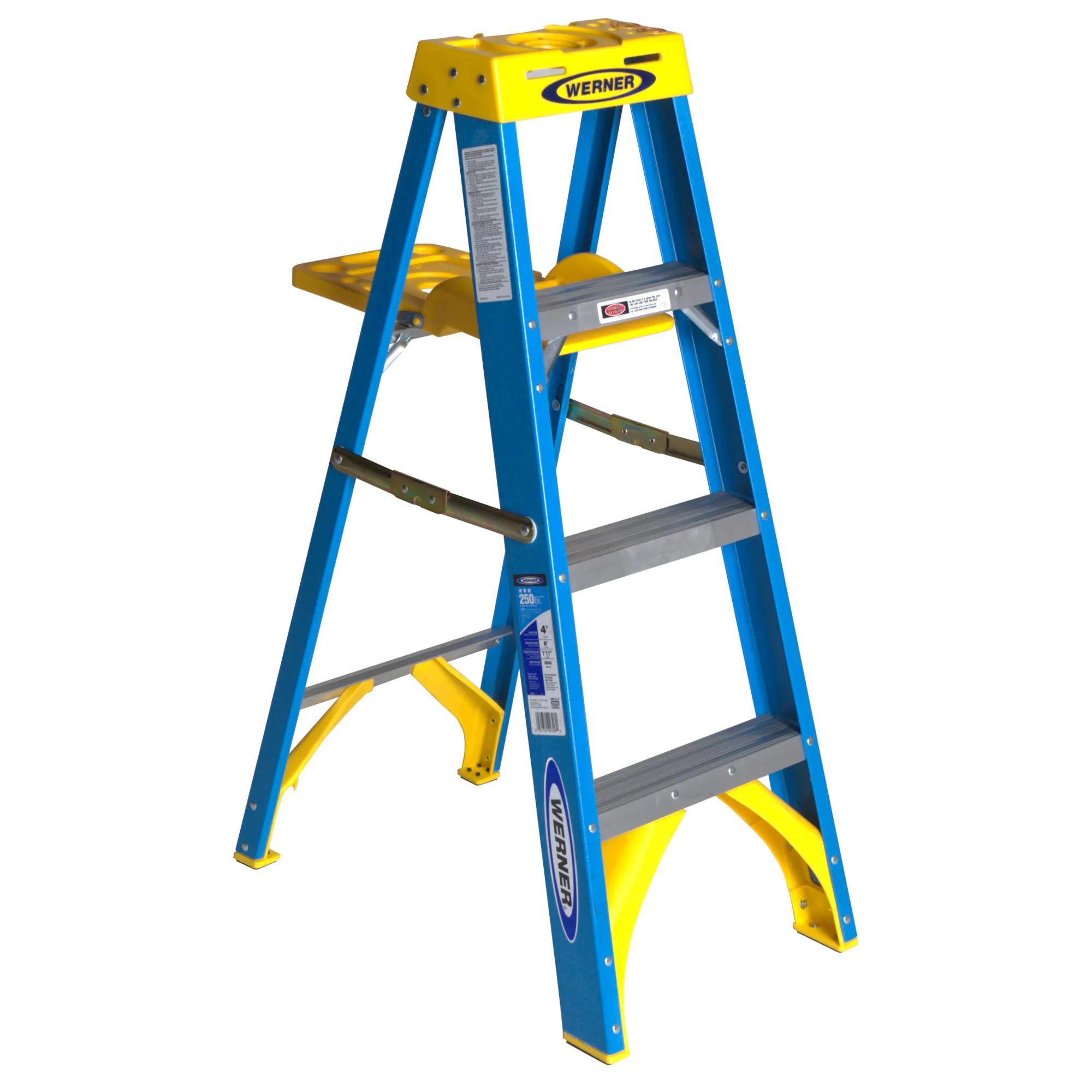
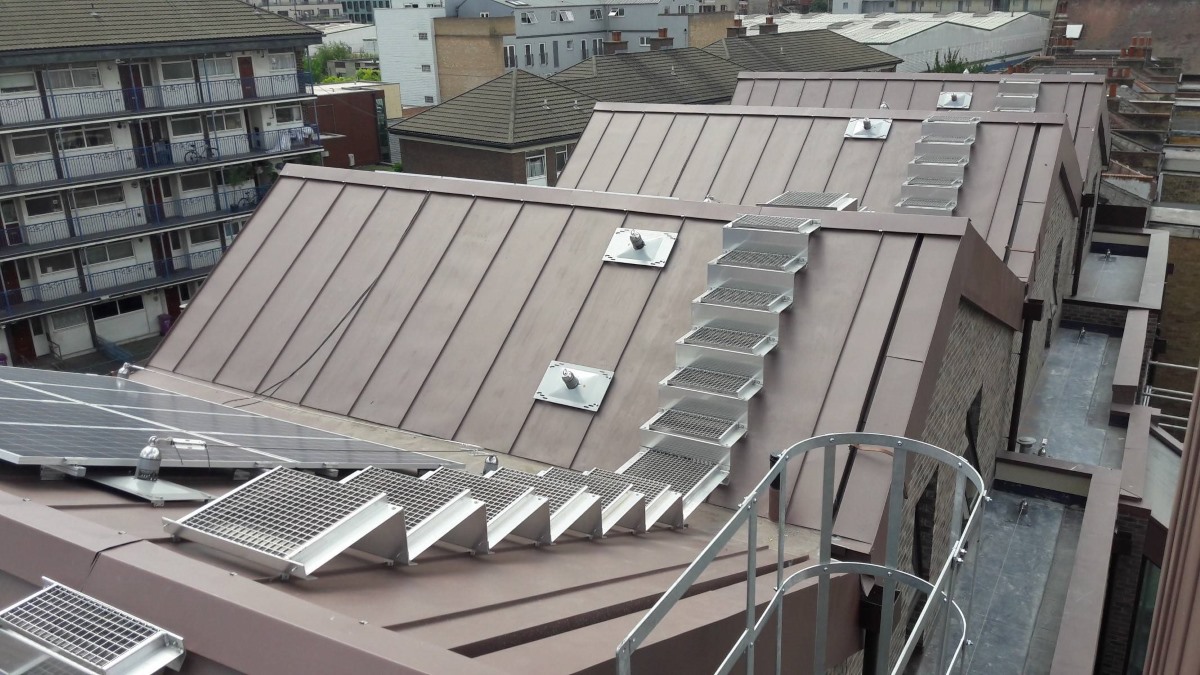
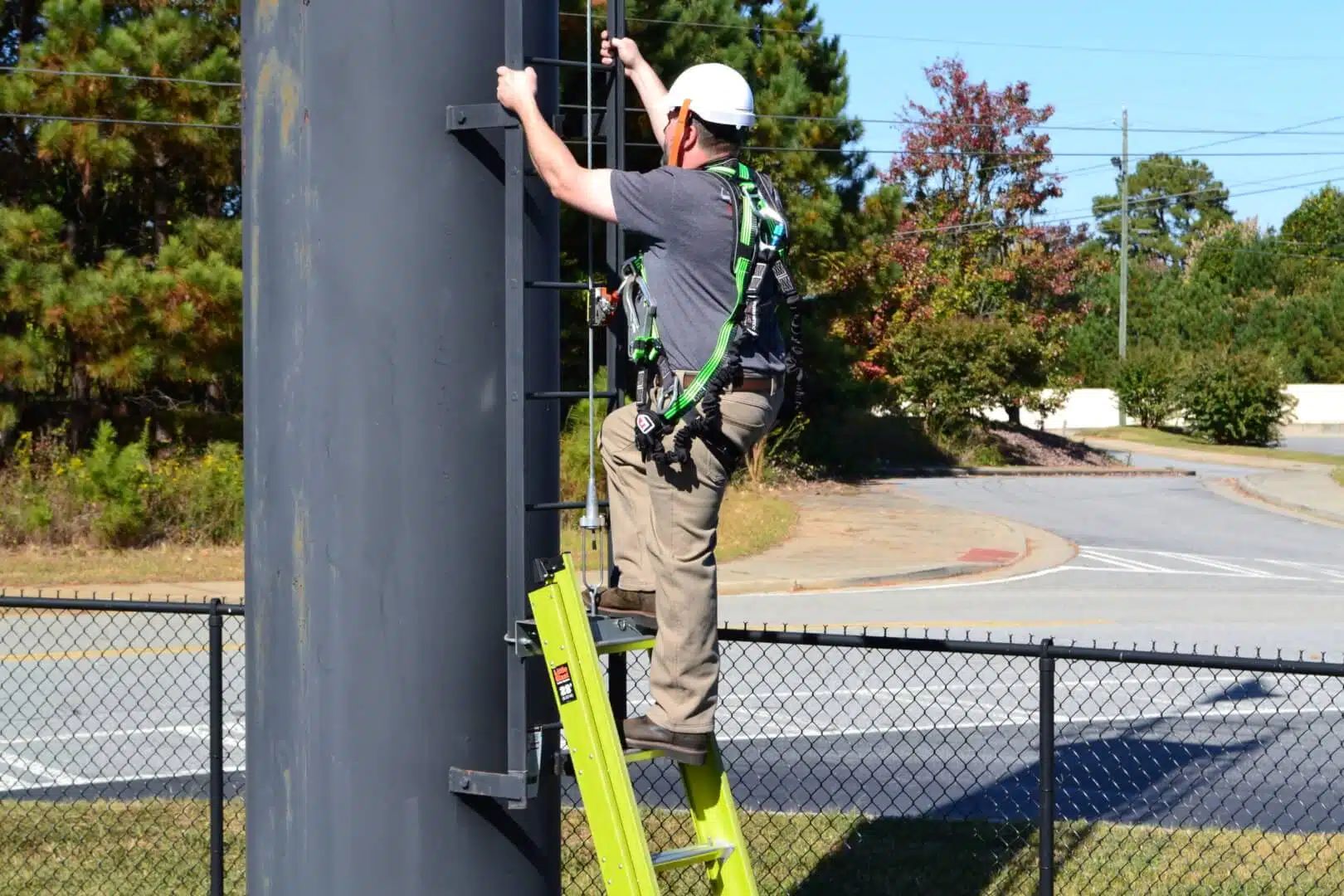

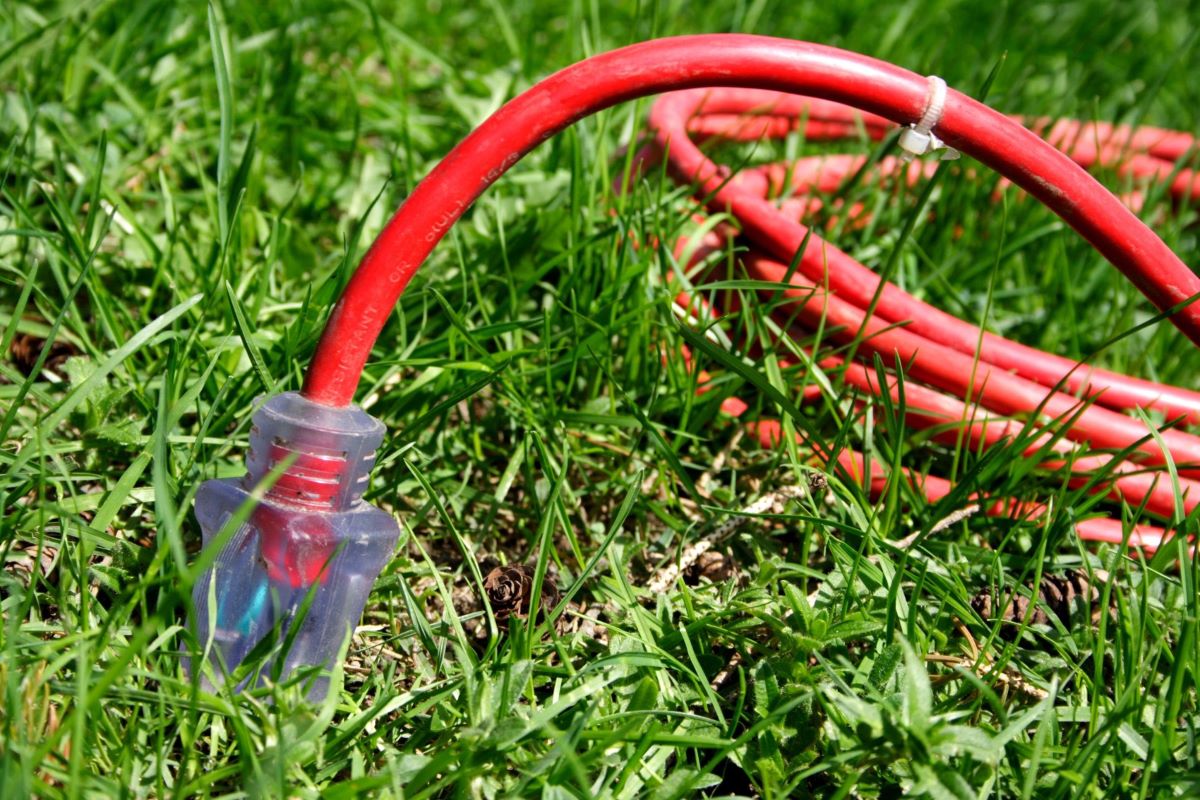






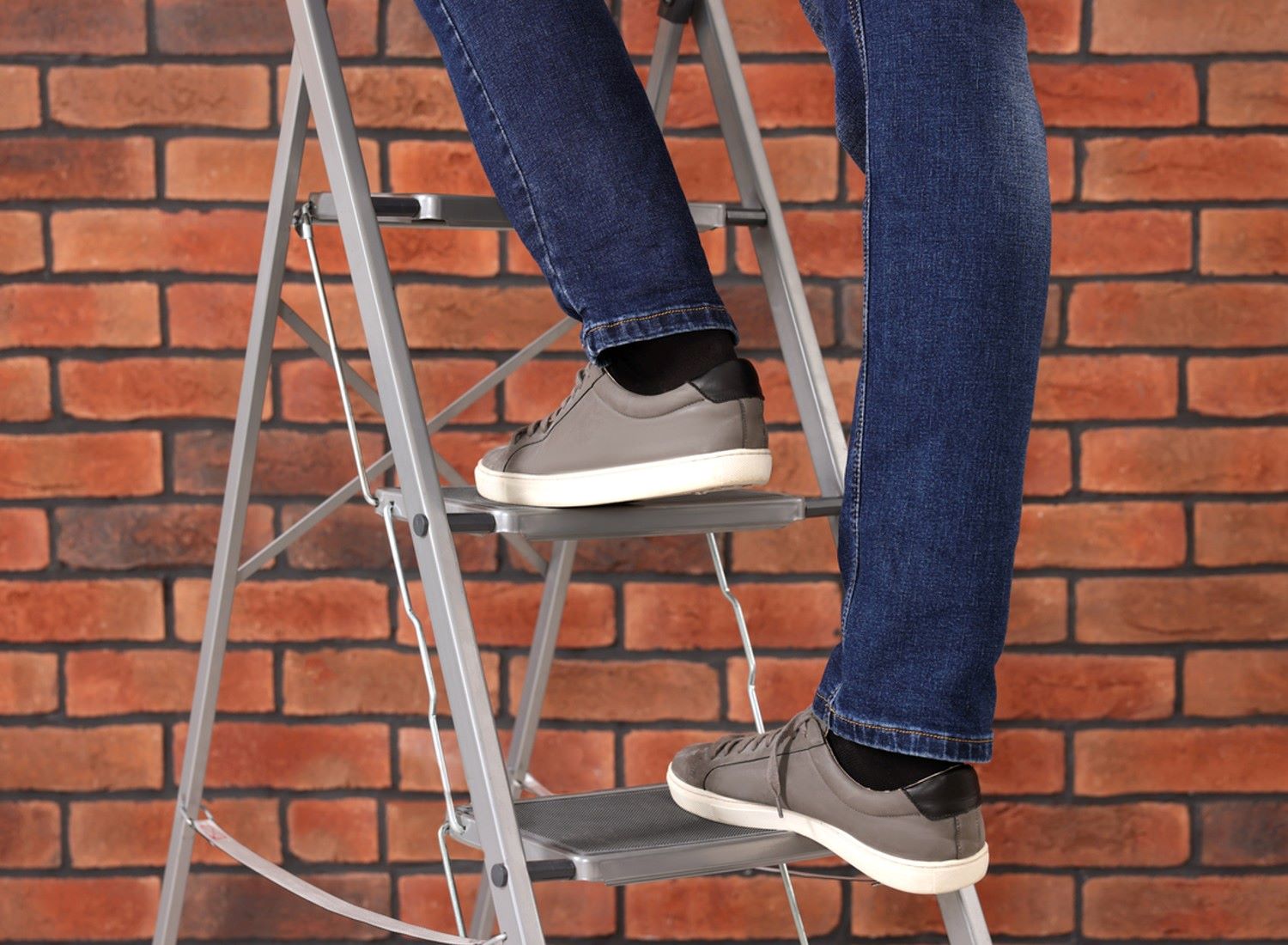

0 thoughts on “What Type Of Ladder To Use For Electrical Work”